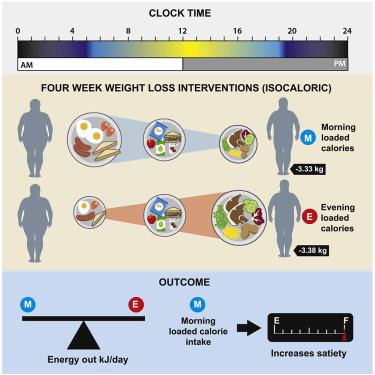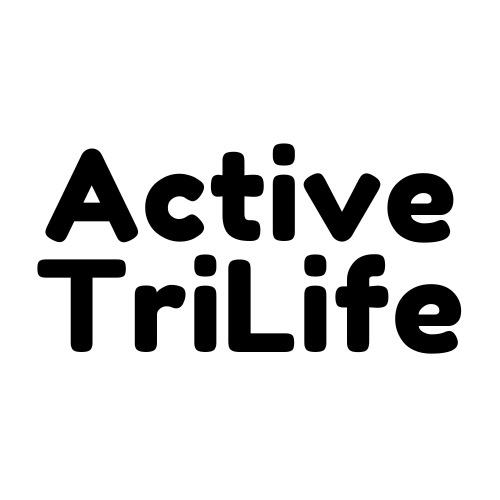Managing calorie intake on non-training days is a crucial aspect of maintaining overall health and optimizing fitness goals. While it might be tempting to indulge in extra calories when you’re not hitting the gym, adopting strategic eating habits on these rest days can significantly enhance your progress and well-being. In this article, we will explore the best practices for balancing your diet when you’re not training, ensuring that you maintain energy levels, support muscle recovery, and prevent unwanted weight gain. By understanding the nuances of nutrition and metabolism on non-training days, you can make informed choices that align with your fitness objectives, leading to a more sustainable and effective lifestyle.
Understanding Your Baseline Caloric Needs
Understanding how many calories your body needs at rest is crucial for effectively managing your diet on non-training days. This is often referred to as your Basal Metabolic Rate (BMR), which is the number of calories your body requires to maintain essential functions like breathing and digestion while at rest. Knowing your BMR can help you tailor your caloric intake more precisely, ensuring you neither overeat nor undereat. Tools such as online calculators, which factor in your age, gender, weight, and height, can provide a rough estimate of your BMR. However, for more personalized insights, consider consulting a nutritionist.
- Account for activity level: Even on non-training days, your activity level can vary. Adjust your caloric intake to reflect any light activities you may engage in, such as walking or household chores.
- Focus on nutrient density: Choose foods that are rich in nutrients but lower in calories. This helps you feel satisfied while meeting your nutritional needs.
- Monitor portion sizes: It’s easy to overestimate portion sizes, especially when not following a strict training regimen. Use measuring cups or a food scale to ensure accuracy.
By gaining a clear understanding of your baseline caloric needs, you empower yourself to make informed decisions about your diet, optimizing your energy levels and overall well-being even on days away from the gym.

Optimizing Nutrient Density for Satiety and Energy
To make the most of your non-training days, focus on foods that offer high nutrient density to help you feel fuller longer and maintain steady energy levels. Incorporate a variety of colorful vegetables, lean proteins, and healthy fats into your meals. This combination can enhance satiety and prevent unnecessary snacking. Whole grains like quinoa or brown rice can be excellent sources of sustained energy, while leafy greens and cruciferous vegetables pack a punch of essential vitamins and minerals.
Consider these strategies to optimize your diet for satiety and energy on rest days:
- Prioritize Protein: Include sources like eggs, legumes, or tofu to help repair muscles and keep you full.
- Embrace Healthy Fats: Avocados, nuts, and seeds are great choices that also support brain health.
- Hydrate Wisely: Sometimes thirst can be mistaken for hunger, so drink plenty of water throughout the day.
- Mind Your Portions: Use smaller plates to naturally limit your calorie intake without feeling deprived.
Balancing these elements can help you manage your calorie intake effectively while keeping your body nourished and energized.

Balancing Macronutrients to Support Recovery
On days when you’re not training, it’s essential to adjust your macronutrient intake to support recovery while maintaining your fitness goals. Balancing your intake of carbohydrates, proteins, and fats can help your body repair and rejuvenate. Here are some strategies to consider:
- Prioritize Protein: Focus on consuming adequate protein to aid in muscle repair. This could include lean meats, dairy, or plant-based sources like lentils and quinoa.
- Reduce Carbs Strategically: Since you’re not burning as many calories, slightly reduce your carbohydrate intake. Opt for complex carbs such as whole grains and vegetables to keep your energy levels stable.
- Healthy Fats: Incorporate healthy fats like avocados, nuts, and olive oil. These fats support cellular repair and hormonal balance, crucial for recovery.
By attentively managing your macronutrient balance, you can ensure that your body is getting the nutrients it needs to recover efficiently, even on rest days.

Incorporating Mindful Eating Strategies
Embrace the art of mindful eating to effectively manage your calorie intake, even on non-training days. By cultivating awareness around your eating habits, you can create a more harmonious relationship with food. Start by paying close attention to your hunger and fullness cues. Ask yourself: Are you truly hungry, or are you reaching for food out of habit or boredom? Listening to your body’s signals helps in making more informed choices.
- Savor each bite: Slow down and appreciate the flavors, textures, and aromas of your meals. This practice not only enhances your dining experience but also aids in better digestion and satisfaction.
- Portion control: Use smaller plates and bowls to naturally limit your serving sizes, which can prevent overeating.
- Stay hydrated: Sometimes thirst can masquerade as hunger. Drinking a glass of water before meals can help you distinguish between the two.
- Limit distractions: Avoid eating in front of screens or while multitasking. This allows you to focus on your meal and recognize when you’re full.
Integrating these strategies can transform your eating habits, ensuring you maintain your desired calorie intake with ease and confidence.
